Diane Magers
Online is pleased to have CX expert, Diane Magers, join us for this week’s blog. Diane is currently serving as the CEO and Chief Customer Experience Officer of Experience Catalysts and the Emeritus Chair and recent CEO for the Customer Experience Professionals Association.
The practice of customer experience is all about customers - the people who purchase your products and services. In the past several years, customer experience (CX) professionals have created frameworks for how we understand customer’s needs, how we design better experiences, how we measure the impact of their engagement to the organization, and how we innovate to improve their lives.
Today, CX professionals are expanding their focus to help organizations think differently again, this time by looking internally within their teams. Successful organizations have realized the importance their people play in their success. Their employees, their human capital, their internal resources, their greatest assets – whatever term is used, it is the humans in an organization that make it work.
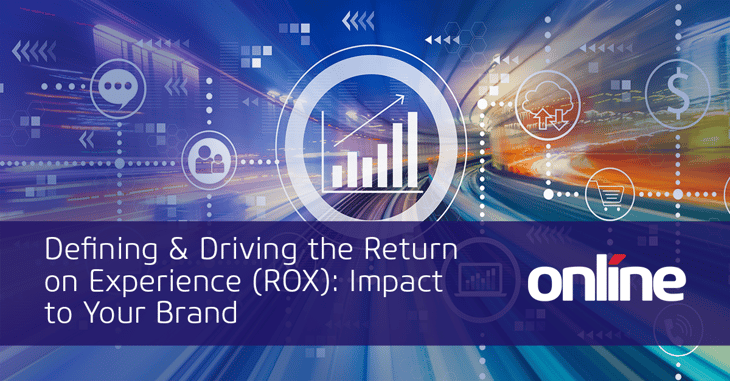
The discipline of customer experience has naturally extended its reach into advancements in employee experience (EX). Consider this: Years ago an annual survey to customers was considered sufficient. Since then, many companies have seen the value of investing in customer experience. Paying attention to their customers, and optimizing every channel, every touchpoint, every interaction has proven to increase engagement, likelihood to return, brand loyalty, referrals, and ultimately, revenue.
When we look at the “other” side of human experience - employee experience - we can see the same benefits. When we create better experiences and engage employees, it reduces hiring cost, increases tenure and productivity, decreases churn, and strengthens your brand. These disciplines of CX and EX converge when we think about driving change and achieving those results. Whether employees are customer facing or not, their actions and decisions, how they engage with customers, and each other, all impact your business results.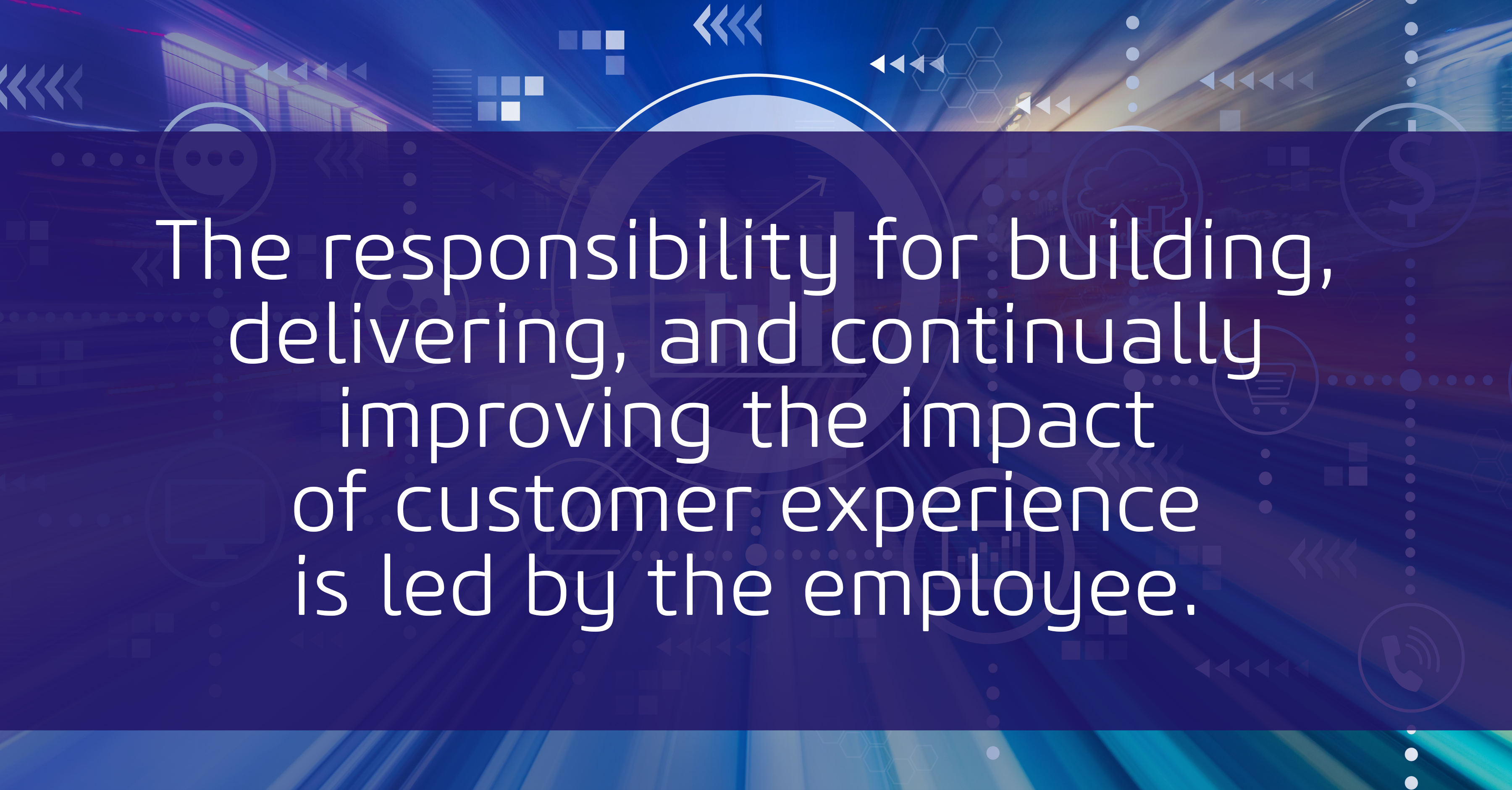
It is imperative that we understand the interplay and dependencies of customer and employee experience requiring us to define how to improve, empower and enrich employees throughout their journey and understand the impact this has on the customer experience.
The capability to optimize the experiences of everyone in the ecosystem to drive engagement is what we have termed the Experience EcosystemTM. Brands are learning the power of this holistic vision and the coordination of the experiences – customers, partners, employees, suppliers – create the power of their impact and their results. This is the core of Return on Experience (ROX) - how understanding and optimizing every interaction and the experience of that interaction drives business outcomes.
In a holistic view, brands that are experience-led outperform those that are not. Brands must constantly seek to invest, improve, and elevate all experiences to define their path in this dynamically changing marketplace.

The Employee Experience Framework: Creating their experiences
We look to employees to deliver great experiences to our customers, yet many of us miss the opportunity to create great experiences for them. Customer experience professionals are well poised to bring this transformation and can help organizations create and design these experiences as well. As we focus on employee experience, we create an atmosphere of positive change enabling our employees to deliver superior experiences to your customers and driving business value across the organization.
Think about the tenure and productivity that can be gained if new recruits are welcomed, presented with well-planned onboarding programs, and are clear on their expectations out of the gate. On the flip side, consider the productivity and morale that’s lost when it takes employees 20-30 minutes to do something such as scheduling a conference room or searching for information to do their job. The effort, time, and resulting frustration – just like our consumer experience – influences how they act, how long they stay, and what they say about us.
And this has an impact on how they treat customers, retention of customer and employees, word-of-mouth and other brand impacting factors.
By launching an employee engagement strategy, companies have the opportunity to show their employees that they care enough to pay attention to their needs, identify issues, and reap the benefits that an excellent employee experience can bring.
This approach is what I call “Beyond the Bagels.” While benefits and perks are important, what employees really want is....to be involved, contribute to the success of the organization, feel valued and respected, have the opportunity to grow and develop, and have access to proper leadership. It is about building experiences for them with the same attention and rigor we give to customers.
Employee Experience in Practice
It’s important to point out that designing and improving employee experience is not just about putting out an employee engagement report each year. Many companies survey employees annually on areas like morale, management, and leadership - and then they do little or nothing with these learnings. Alternatively, a company may fix a few things, but they don’t introduce systematic changes that can make a sustainable impact.
Instead, businesses must identify areas that need to be fixed, and introduce practical ways to solve common barriers. For example, one brand (in a pre-Covid world) discovered that after talking with their contact center employees, mapping their employee journey, and analyzing customer and employee information that many of their employees were complaining about neck and shoulder injuries, and were having a hard time hearing customers on the calls. As a result, many of their employees were frustrated, experiencing low morale and contributing to weaker levels of customer experience.
So they decided to do something about it. They conducted a pilot with a subset of employees. They brought in new headsets and fitted employee workstations with modular sound-proof barriers. A few months after these changes were implemented, the pilot group saw reduced call times, improved customer experience scores for the calls, fewer employee complaints, and reduced worker’s compensation claims since their employees no longer had to hunch over to hear customers.
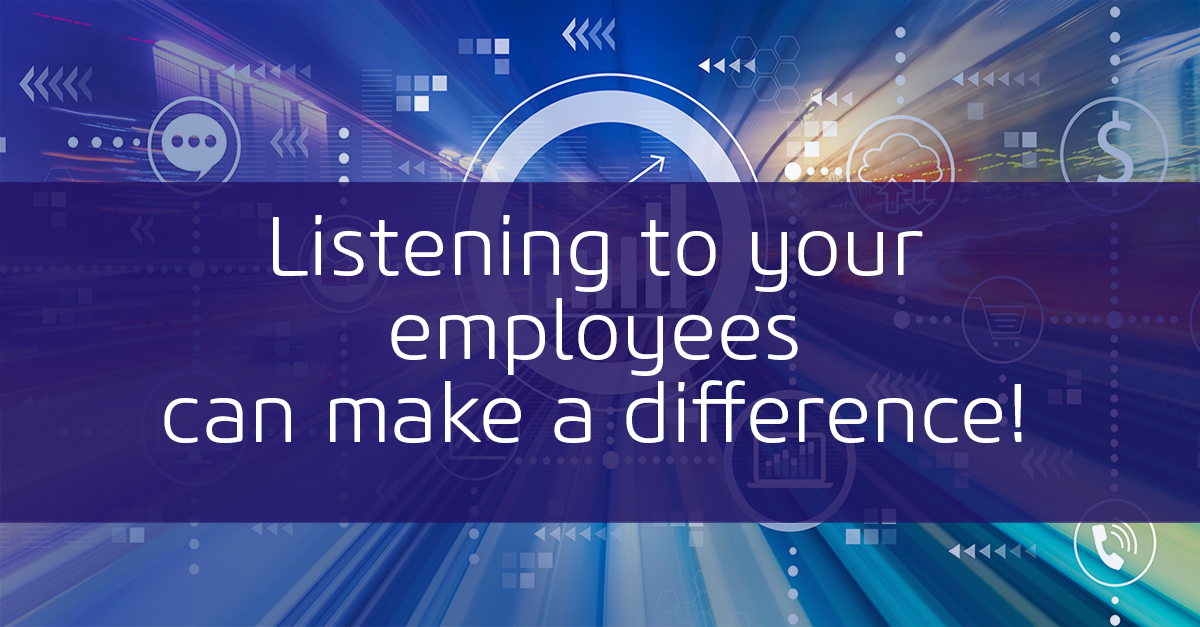
Building the Discipline of Employee Experience
The first step in changing to employee centricity is to help your leadership understand the relationship and business impact of employee and customer experience. Focus on creating an example (like the one above) and develop a business case for your leaders. This can take many forms, but to prove out why employee experience is a worthwhile investment, be sure to clearly explain the current gaps and inefficiencies in employee experience, and how this ties back to the customer experience and the brand’s bottom line.
- Create a cross functional team - With support from your executives, charter a cross functional team that has deep, lasting knowledge of the processes, programs, and frameworks that make your brand tick. Focus on understanding the current employee experience: What do you know about your employees today? How long are they staying? Why are they leaving? What pain points, challenges, and barriers do they face on a day-to-day basis? Conduct interviews, review previous employee surveys and gather as much information as you can about their experience.
- Map the employee journey - After the data collection phase is complete, it’s time to create an employee journey map. This should be a comprehensive representation of what a typical employee goes through every day and in their work environment - their hurdles, frustrations, and needs. A critical component of this mapping should be identifying where the employee journey links to, and impacts the customer experience journey.
- Prioritize - Next, identify potential opportunities to redesign the highest-friction experiences that many of your employee’s face, or where they need empowerment, data, tools, resources and leadership to enable their success. To pinpoint where to start, perform a quick impact and value analysis. Which opportunity, if solved, would make the most impact and be most valuable to them and the brand?
- Purposeful Design - You’ve determined what opportunities to start with, discovered the right issues to solve, now you need to design the new experience. Put plans in place to fix the problem. This critical step focuses on ensuring that the design of an experience is done intentionally, and addresses specific goals aimed at creating lasting business value through experience. When you’re done implementing the changes, tell your story. Highlight the tangible and intangible results you expect to receive from that project (or several projects) to build momentum, demonstrate the results of improving their experience and capture the impact the changes have on your customer. Caution: Don’t just focus on metrics such as NPS (Net Promoter Score) or CSAT/ESAT (Customer or Employee Satisfaction). Ensure your project measures impacts such as increase productivity, reducing cost to serve or acquisition, number of additional services sold. These translate directly to distinct financial results.
- Pilot - Use an initial or pilot experience approach as the basis to design an ongoing discipline that introduces systematic changes to continually make your employee experience better. Build outvalue cases and demonstrate how employee experience creates strong engagement for your employees, and how it has a cascading effect on improving customer experience.
- Incorporate the Discipline - Build an ongoing voice of employee and create ways for them to participate in innovating the experience by providing input into the solutions. Build out ways to test and iterate on what’s working and what’s not. Focus on the impact and deliberately put structure in place that enables your brand to systematically make changes while continually improving employee experience.
Positive results require a commitment to identifying and improving on the employee experience with the same rigor you apply to customer experience. Identifying and creating a series of programmatic changes and investments that deliver meaningful impact come as a result of engaging employee and customers. At the core, it is about building an approach to support continuously improving experience in the entire ecosystem of your brand.
This central approach will not only drive business results, but also helps with agility, collaboration, and innovation so your culture and brand can grow and thrive in this dynamically changing world.
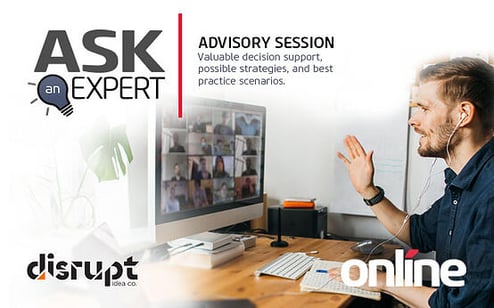
If you have questions about how you can get started on connecting your employee experience and customer experience, take advantage of this complimentary consultation by registering here.>>
Last week our team participated in an event with Tech Execs on Connecting Customer and Employee Experience to Drive Busines Results. Diane Magers, CEO and CXO of Experience Catalysts opened that session, and we’re excited to have her share some of her experience and perspectives with us in today’s blog.
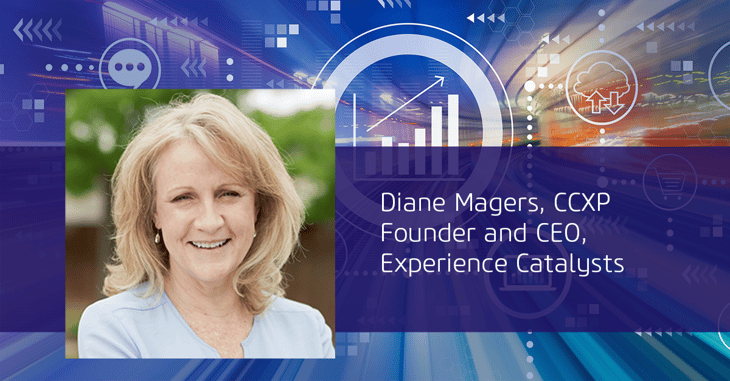
With over 25 years of transforming experiences working in and with brands such as Sysco, AT&T, State Farm, Dale Carnegie, CommScope, Invisalign, Ciena, Freeman, Sodexho, Equifax and MoneyGram, she is surely well-versed in advising all types of organizations on their Customer & Employee Experiences. Diane's well rounded outlook and personal experiences also include a Masters in Clinical Psychology and a Masters of Business Administration.
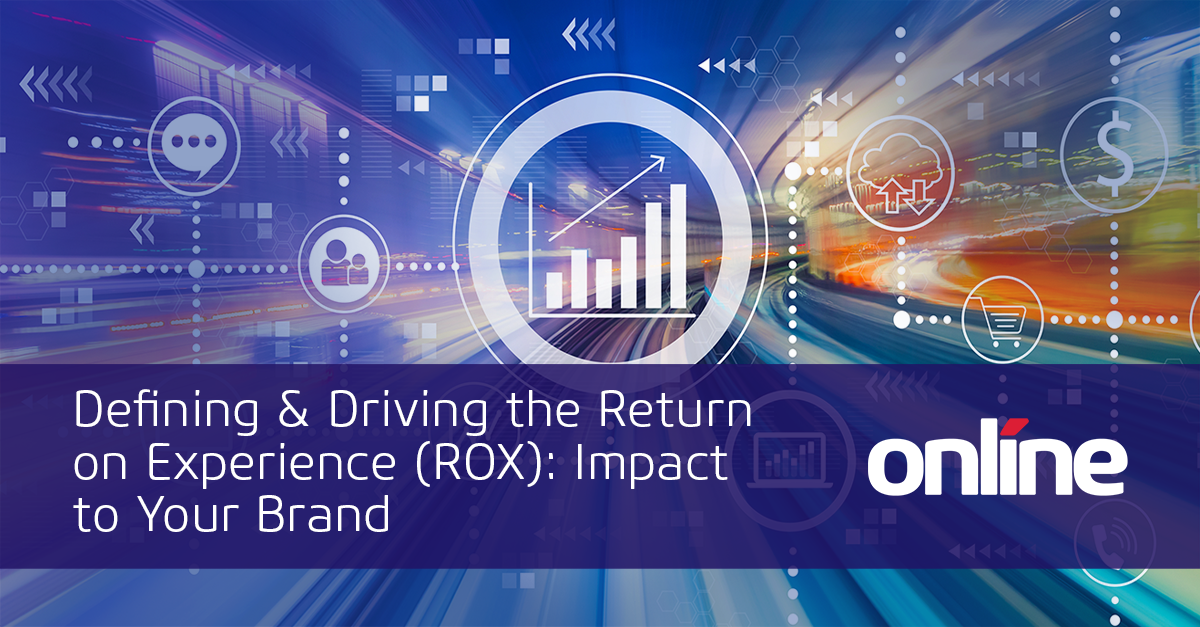
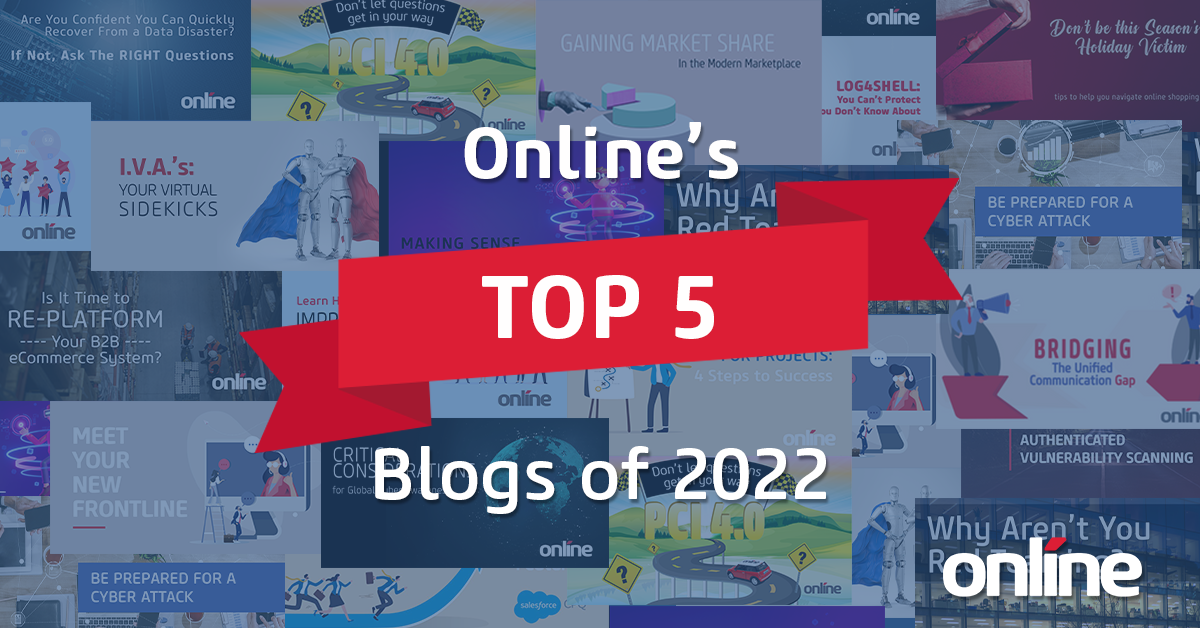
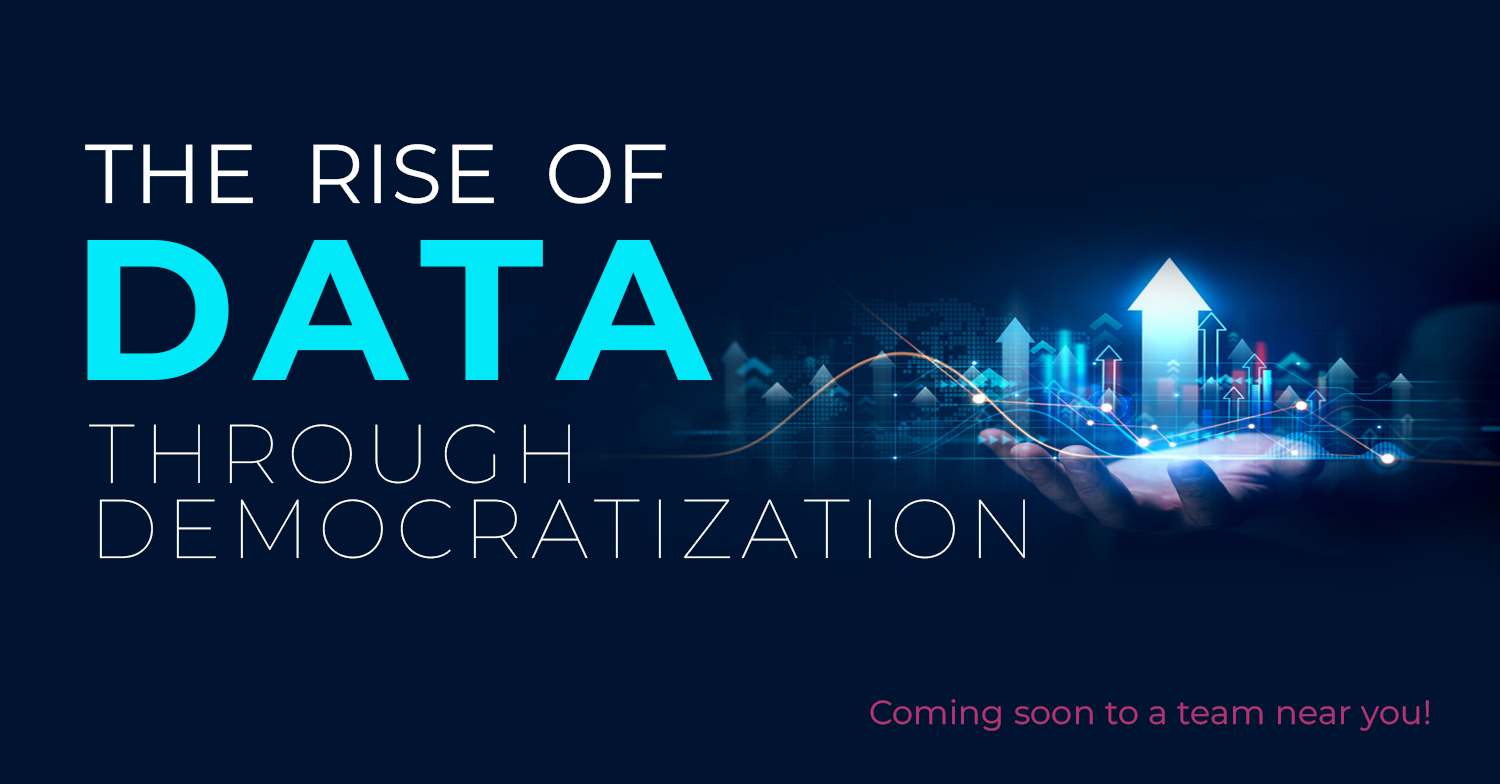
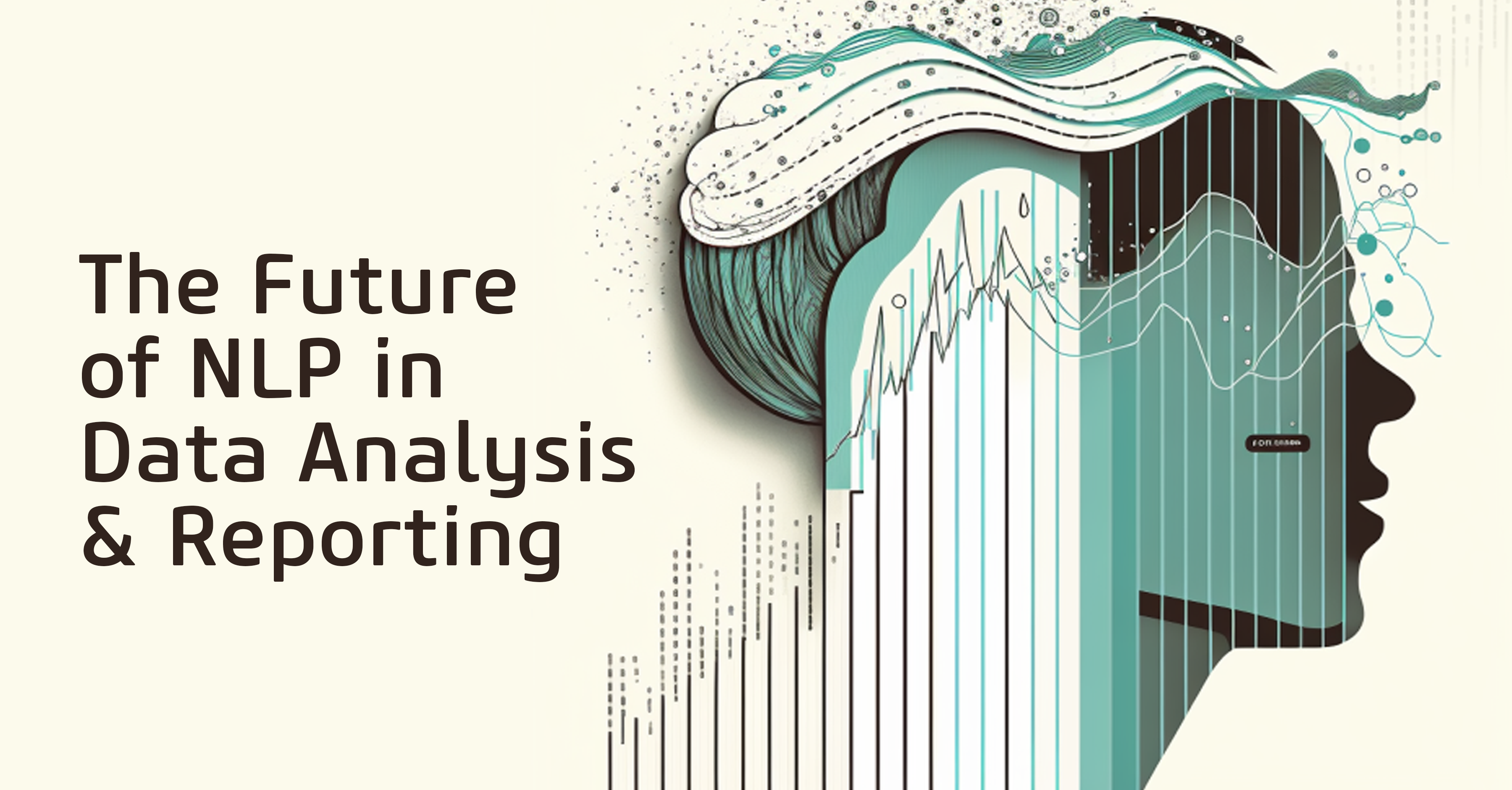
Submit a Comment